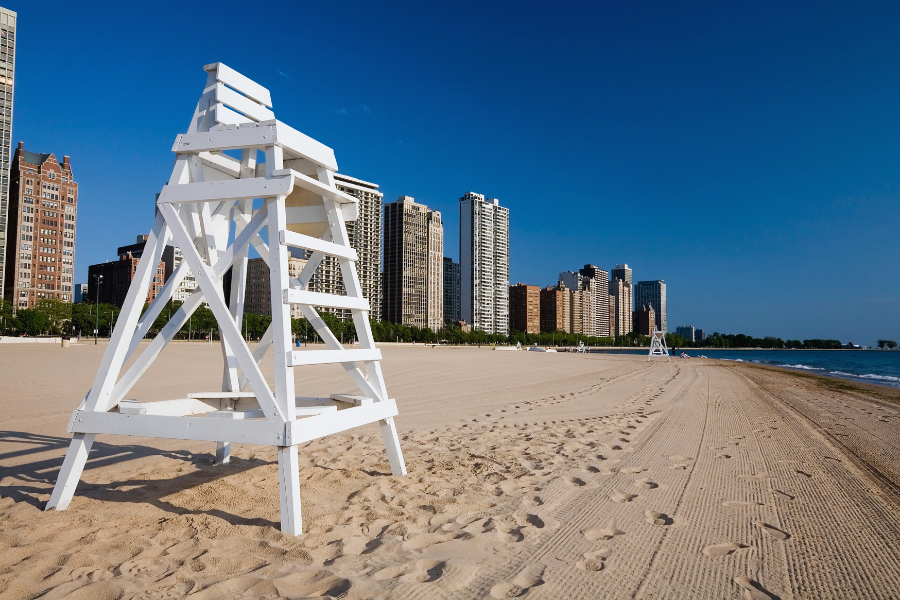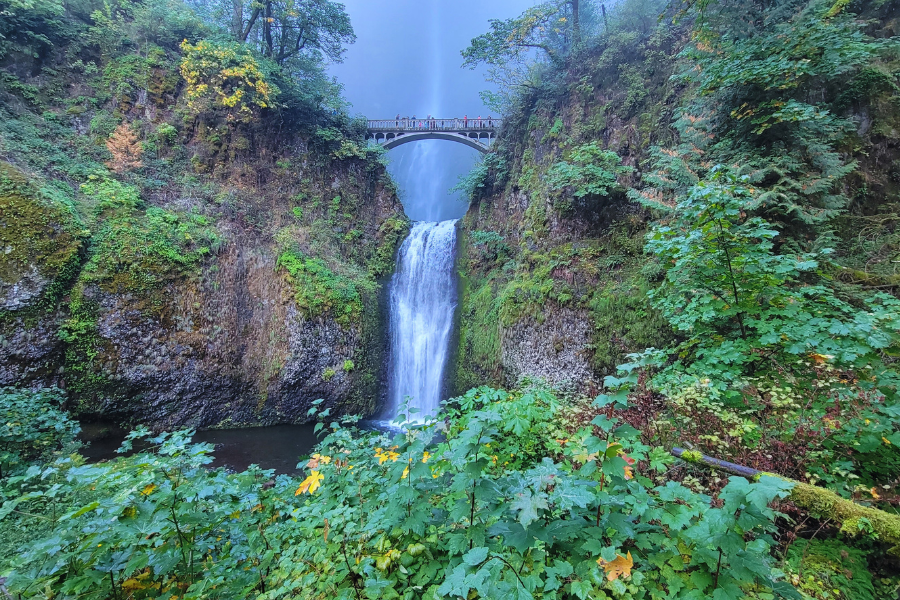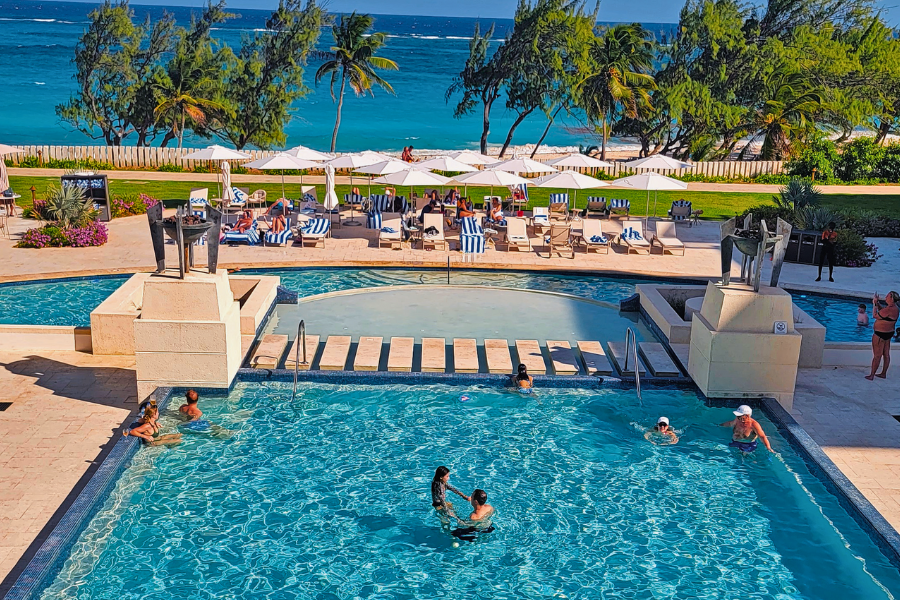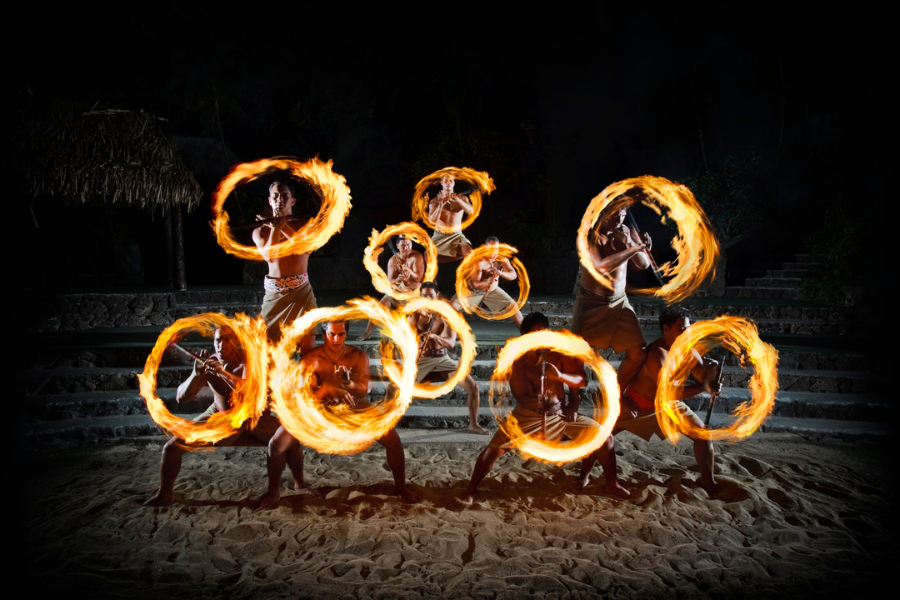America’s National Parks – A Walk on the Wild Side
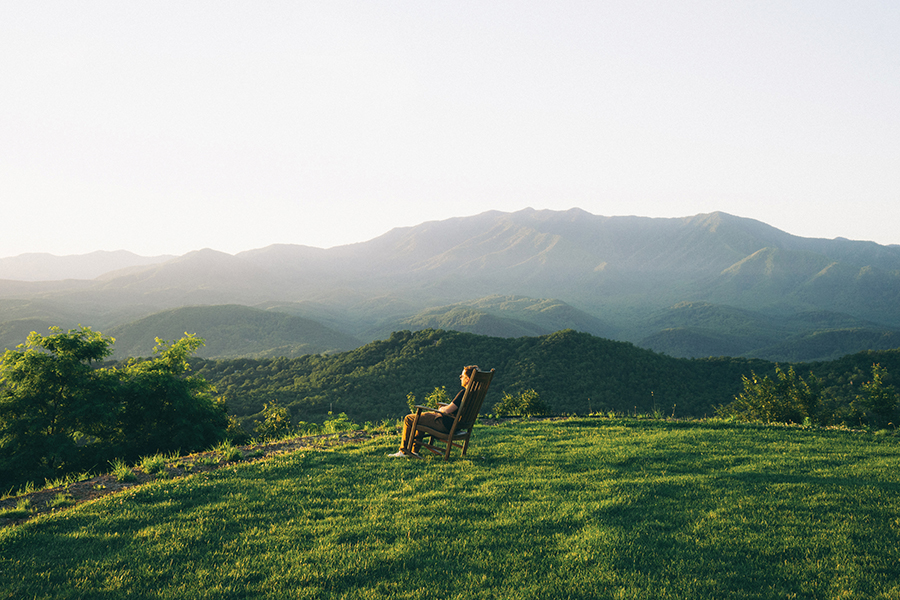
Great Smoky Mountains National Park
“That ain’t no hill for a climber.”
I heard that expression often from my father while growing up in Kentucky. It means, “You can meet any challenge,” but it took on a literal meaning as we hiked to Clingman’s Dome. At 6,643 feet, it’s the highest point in the Great Smoky Mountains National Park that straddles the Tennessee-North Carolina border.
Before the pandemic, it boasted more than 12 million visitors a year, making it the most visited National Park.
It’s certainly the one I have visited the most. My family and I took many vacations to the Smokies when I was a child, and we continue to return for family reunions. The 522,427-acre park and the nearby towns of Sevierville and Pigeon Forge offer activities for everybody from toddlers, teens to grandparents.
Covid-19 has taken most international travel off the table, so like many Americans, I have been rediscovering what’s in my own backyard. What better place to start than with some of the nation’s 63 National Parks? (There are more than 400 national park sites, but only 63 have the “National Park” designation in the name.)
Dad and I soldiered on to the Clingman’s Dome observation tower, stopping to photograph wildflowers along the way. He joked that the half-mile paved trail had gotten much steeper since he climbed it decades ago when I was a giggling toddler on his back.
On a clear day, the tower offers a panoramic view that stretches more than 100 miles into seven states, but this is the “smoky” mountains, a reference to the ephemeral mountain fog, and clear days aren’t easy to come by. Fortunately, the haze was lifting when Dad and I reached it. Cove Mountain was visible to the north and Snowbird Mountain loomed to the west. We couldn’t see seven states, but what we did see was breathtaking.
There are more than 150 official hiking trails of varying difficulty in the park. One that’s especially family-friendly is the 2.6-mile, round-trip trail to Laurel Falls, a thunderous, 80-foot waterfall named for the area’s delicate mountain laurel. There are steep drop-offs, though, and this is black bear country (they are usually shy), so keep a close eye on little ones.
If your hike gets rained out, head over to Sevier Air Trampoline & Ninja Warrior Park (www.sevierair.com) with the kids. They can bounce like little kangaroos on the trampolines and navigate challenging obstacle courses in this insanely fun space. Another option is Wonderworks (www.wonderworksonline.com/pigeon-forge), an attraction with more than 100 kid-friendly science exhibits and a 4D motion ride that whisks you to faraway lands.
Sevierville Convention & Visitors Center. www.visitsevierville.com
Pigeon Forge Department of Tourism. www.mypigeonforge.com
Hot Springs National Park
Too hot. Too cold. Just right. Ahhh.
Majestic Quapaw Baths and Spa, a domed Spanish Revival structure on historic Bathhouse Row in Arkansas’ Hot Springs National Park, has four public soaking pools of various temperatures. After a little pool-hopping, I found that 102 degrees is just right for me – warm enough to soothe tired muscles after hiking park trails, but not so hot I felt like a side of meat being slow-cooked for a Southern barbecue. I closed my eyes and luxuriated in the thermal mineral water sourced from 47 hot springs that bubble up from the western slope of nearby Hot Springs Mountain.
The 5,500-acre park celebrates its centennial this spring, and hopes are high that the COVID-19 pandemic will have abated enough to move forward with planned festivities scheduled throughout the year.
Hot Springs is appealing because it not only conserves nature and fragile ecosystems, it also preserves a microcosm of past American life.
Wellness seekers have come to “take the waters” here since 1832 when Congress created Hot Springs Reservation. Unlike the country’s Indian reservations, it was created solely to protect the land – 40 years before the establishment of Yellowstone, America’s first National Park. The name was changed to Hot Springs National Park in 1921, making it the 18th National Park.

During the “Golden Age of Bathing” (1880-1950) the resort town became known as the American Spa, home to many elegant bathhouses that attracted an affluent clientele afflicted with everything from arthritis to cancer.
Eight of these architectural gems still stand on Bathhouse Row, a National Historic Landmark on magnolia-lined Central Avenue in downtown Hot Springs. The Park Service repurposed most of the structures that now include a brewery and a hotel, but the Quapaw and the blue-awninged Buckstaff Bathhouse still operate as bathhouses.
The Fordyce, a Renaissance-Revival bathhouse that opened in 1915, once served the wealthiest of the wealthy. Today, it’s the park visitors center and a free museum that offers guided tours.
In the men’s bath hall, sunlight filters through a stained-glass sky light depicting Neptune’s daughters. Beneath it stands a statue of 16th-century explorer Hernando de Soto receiving a drink of water from a kneeling indigenous American woman.
The surroundings are grand, but some of the quirky devices used in the massage rooms look more like instruments of torture than healing. Among them are a violet ray machine that tingled the skin and bizarre vibrating apparatuses.
“Most of the treatments at the Fordyce were unusual,” guide Nalissala Allen said. “But if you compare them to modern treatments, the bathhouse was ahead of the times. For example, alternating your time in the sunray cabinet and the freeze box is like putting a hot pack then an ice pack on an injured muscle to reduce swelling.”
With the advent of modern medicine, bathing for health reasons went out of fashion. Today, nobody claims the remaining bathhouses are a panacea for all that ails you, but the Qaupaw washed my stress away, and that was enough for me.
Visit Hot Springs. www.hotsprings.org

Yosemite National Park
Yosemite in California’s Sierra Nevada Mountains is also on my list of favorite National Parks, although hiking through Mariposa Grove of Giant Sequoias was a humbling experience that reminded me of my own insignificance in the universe. Surrounded by massive trees that would dwarf the Statue of Liberty, I realized I am but a speck on a vast planet in an infinite galaxy. I will inhabit the Earth for a short time, but these ancient trees have been around for thousands of years and will remain long after I’m gone.
As I posed for a picture beneath Grizzly Giant, a 2,700-year-old sequoia with a footprint as big as my bedroom, I wondered if Galen Clark, Yosemite’s first park ranger, had similar thoughts when he stood in the same spot for a photo in 1861.
It seems likely.
Clark traveled to Yosemite in the 1850s not to live, but to die. Believing he had a terminal illness, he dug his own grave in a picturesque spot near Yosemite Falls. Death did eventually claim Clark – 53 years later at age 95.
Because the land has been protected since the Yosemite Grant Act was signed in 1864, Yosemite’s majestic landscape of soaring rock formations and glacier-carved canyons remain much as it was in Clark’s day.
Visitors can make their time in the park as relaxing or thrilling as they want. Take an easy mile-long hike around Mirror Lake, one of the most scenic spots in the park, or see if you’ve got what it takes for the arduous hike to Half Dome, an iconic rock formation that rises 5,000 feet above Yosemite Valley.
These are a few of my National Park memories but take a walk on the wild side and create your own.
Before visiting a National Park, check www.nps.gov. Some have reduced hours and other restrictions due to COVID-19.


